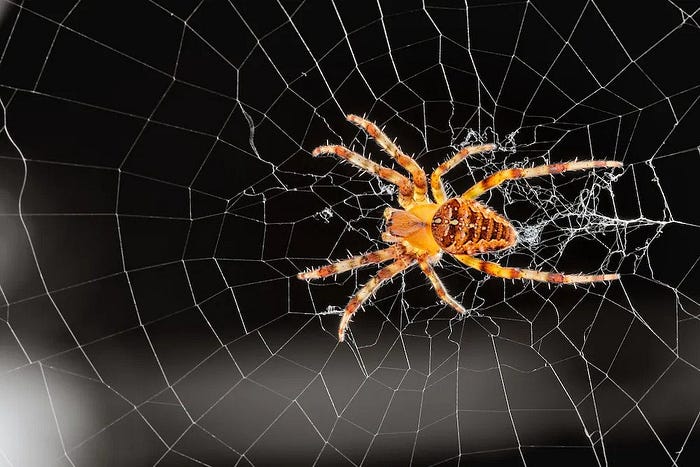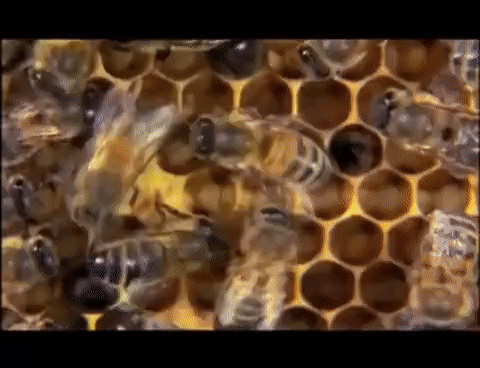Discovering the Top Six Most Intelligent Instincts in the World and Their Significance

Instincts are innate impulses or reactions that guide behavior, facilitating survival and reproduction. They are found across the animal kingdom, from the tiniest insects to the largest mammals, including humans. These inherent responses to environmental stimuli can be surprisingly sophisticated and intelligent. Let’s explore six of the most intelligent instincts observed in the world.
- The Salmon’s Homing Instinct

Arguably one of the most astonishing instincts in the animal kingdom, Pacific salmon’s homing instinct leads them back to their birthplace to spawn. These fish can navigate thousands of miles across the ocean, using the Earth’s magnetic field and their keen sense of smell. This instinct ensures the continuation of their species by allowing them to return to a proven safe breeding ground.
2. The Spider’s Web Building Instinct

While we often view web-building spiders with trepidation or awe, their web construction is a remarkable display of instinctual intelligence. Without training, spiders weave intricate, geometrically perfect webs to trap their prey. This instinctual behavior showcases the spider’s survival instinct and its inherent understanding of complex structures and physics.
3. The Elephant’s Mourning Instinct

Elephants are known for their remarkable memory and emotional complexity, including their instinctual mourning behavior. When an elephant dies, others in the herd show clear signs of mourning, stopping their activities to touch and smell the deceased with their trunks and sometimes even covering the body with leaves and soil. This instinct demonstrates the elephant’s profound emotional intelligence and social bonds.
4. The Honeybee’s Dance Instinct

The honeybee’s waggle dance is a fascinating instinctual communication method. Bees perform a specific “dance” to tell other bees in the hive the direction and distance to a food source. This instinctual behavior shows the bees’ incredible navigation skills and complex social structure, crucial for their survival and productivity.
5. The Sea Turtle’s Nesting Instinct

Sea turtles are instinctive to return to the beach where they were born to lay their eggs, similar to salmon. They navigate vast distances in the ocean, relying on magnetic cues to find their way home. This instinct is a testament to their navigational intelligence and is critical for their survival as a species.
6. Human’s Fight or Flight Instinct

Finally, humans have a well-known instinct called the fight or flight response. This instinct kicks in during high-stress or dangerous situations, preparing the body either to confront the threat or run away from it. It’s a powerful demonstration of our instinctual intelligence, enabling us to survive in various threatening scenarios.
Conclusion
From the precise navigation of salmon and sea turtles to the emotional depth of elephants and the survival strategies of humans, these six instincts are a testament to the remarkable intelligence inherent in nature. They remind us that while we often associate intelligence with learning and knowledge, profound wisdom is also embedded in our instinctual behaviors.
